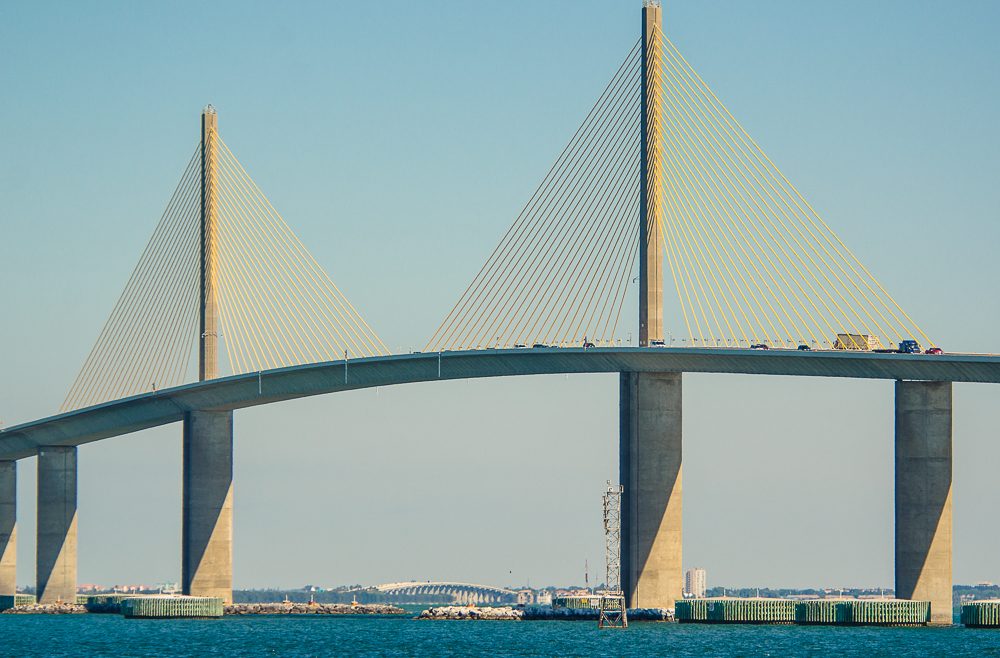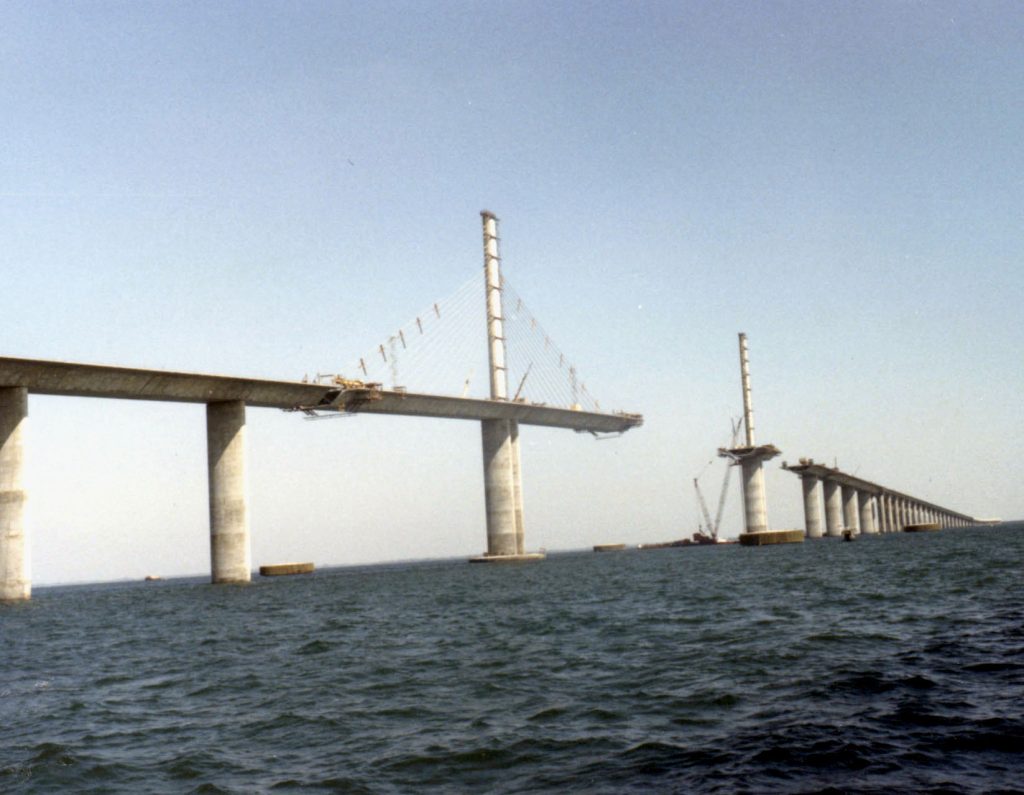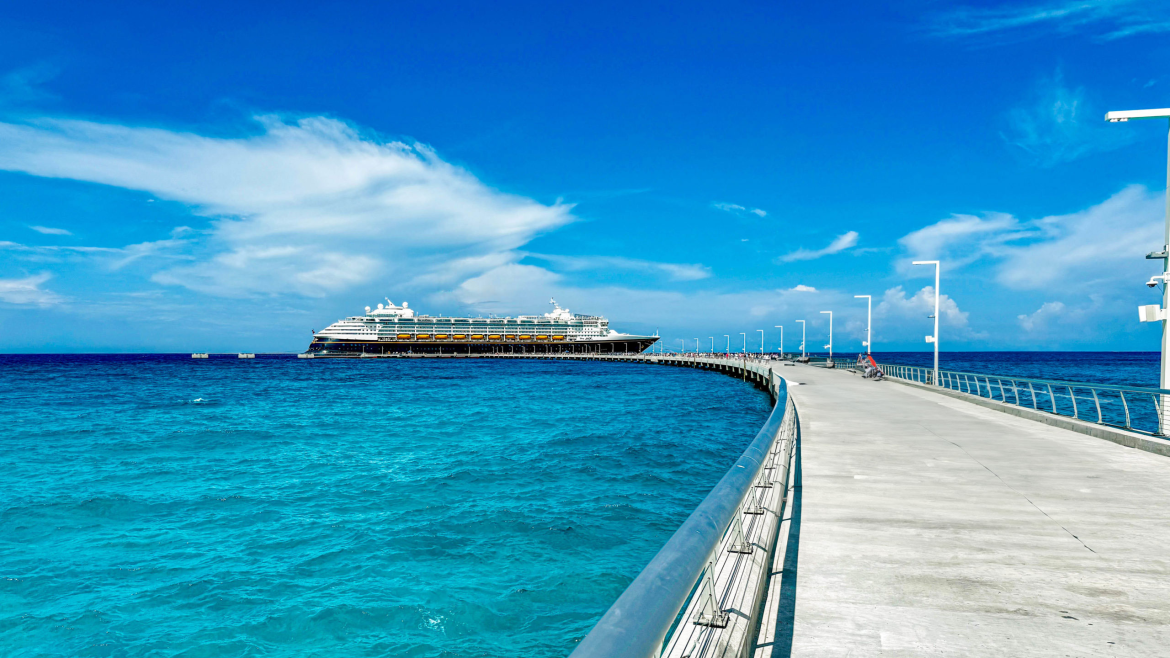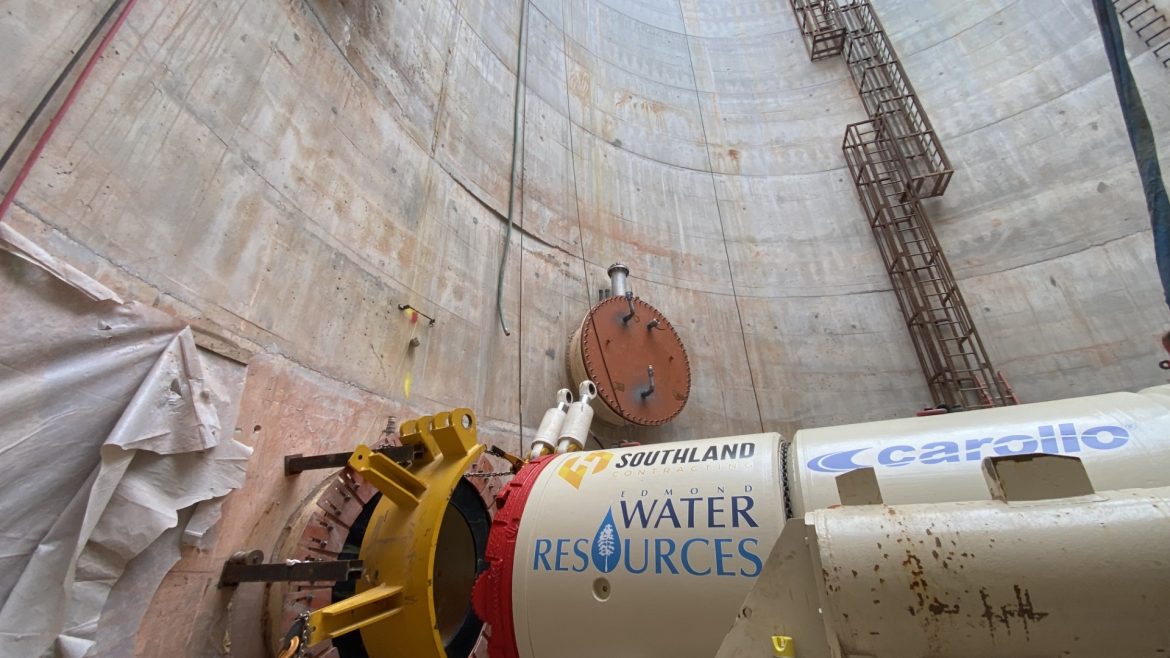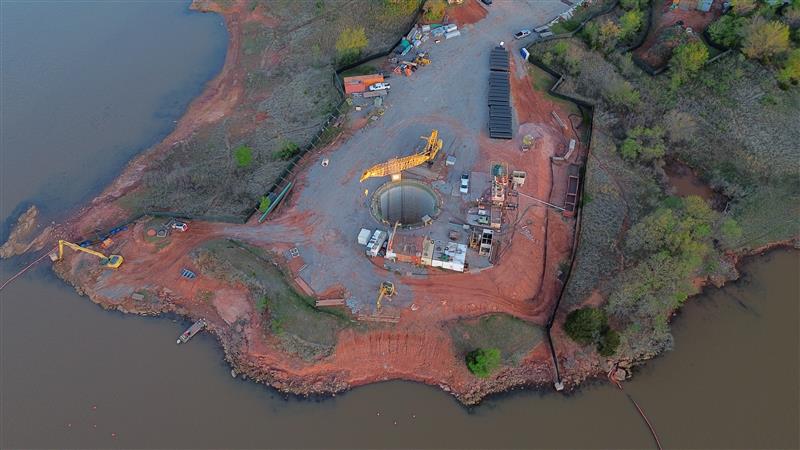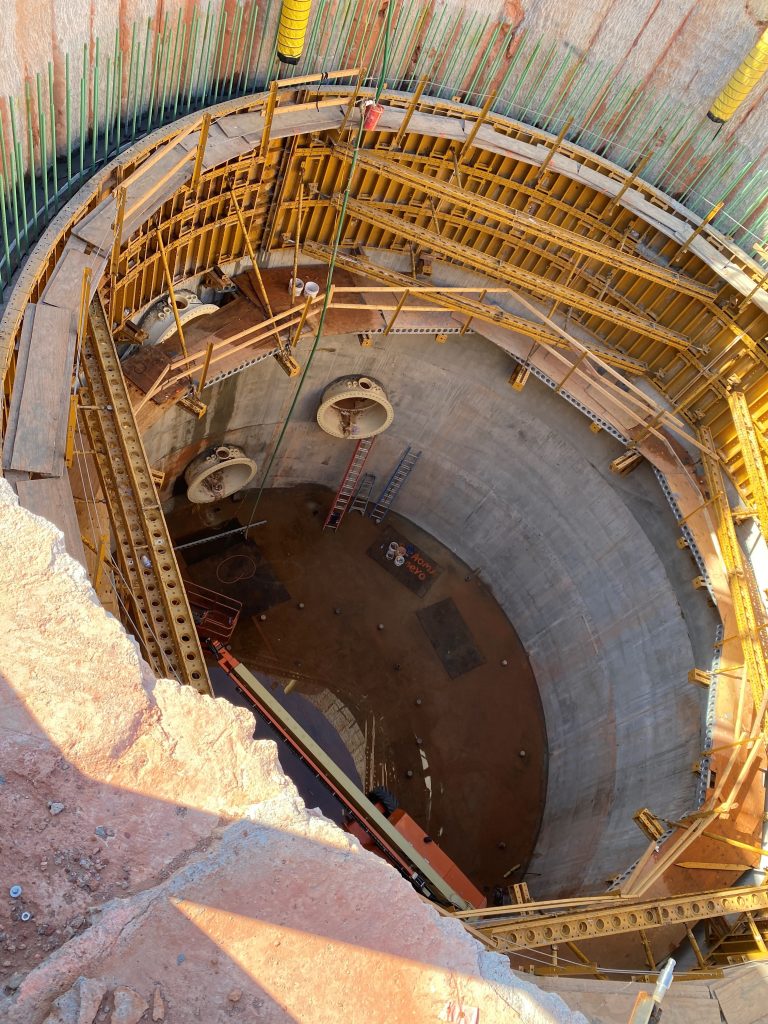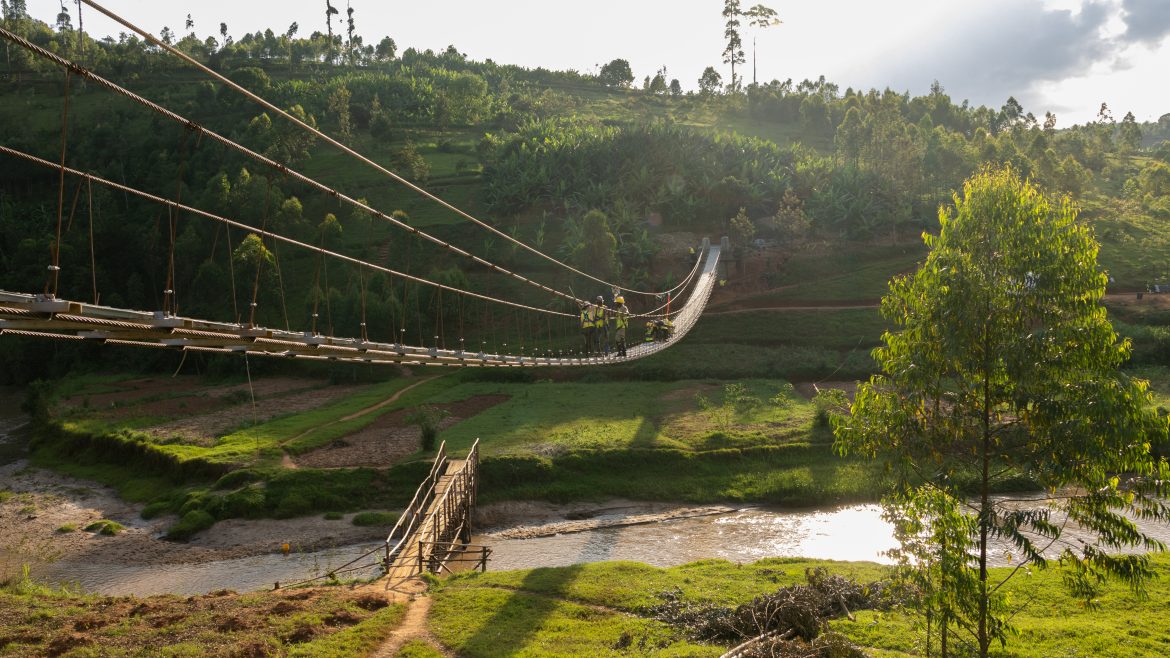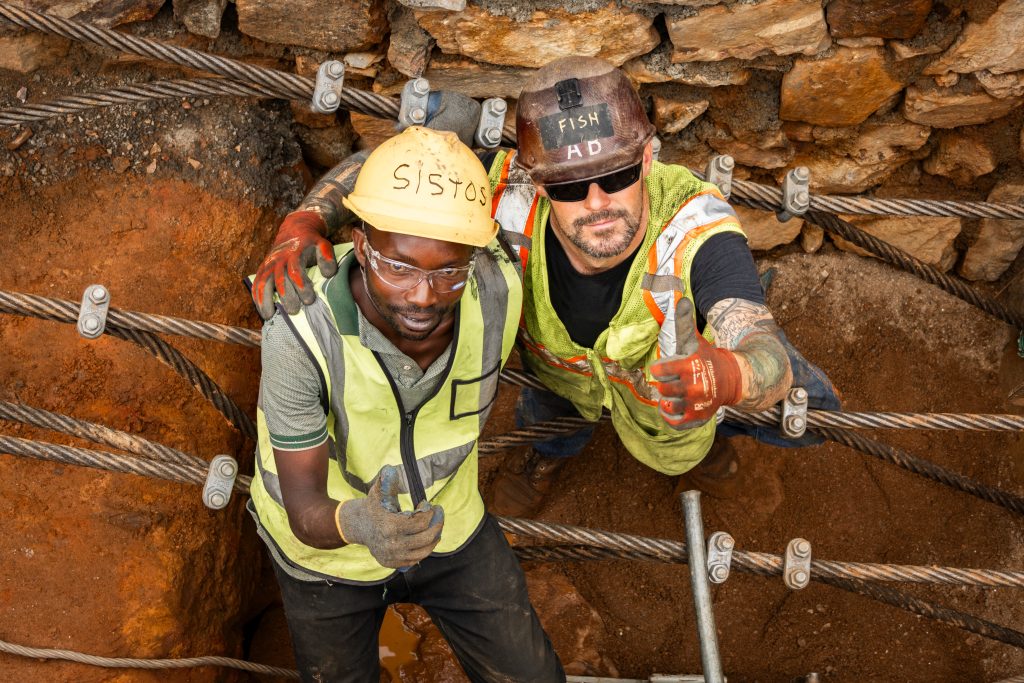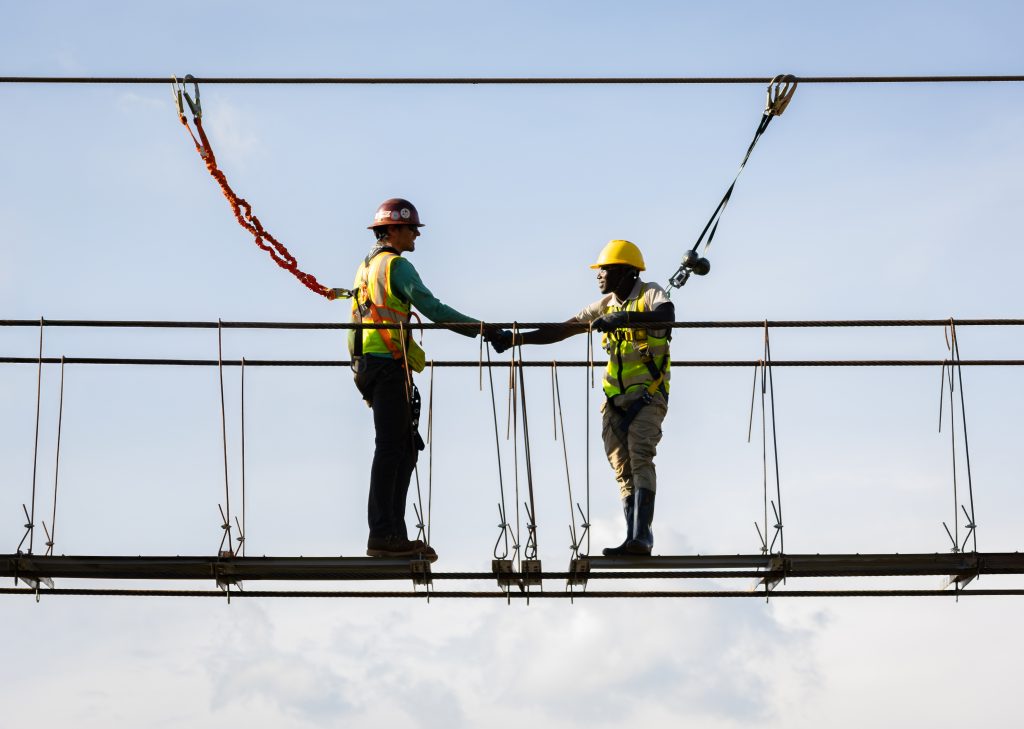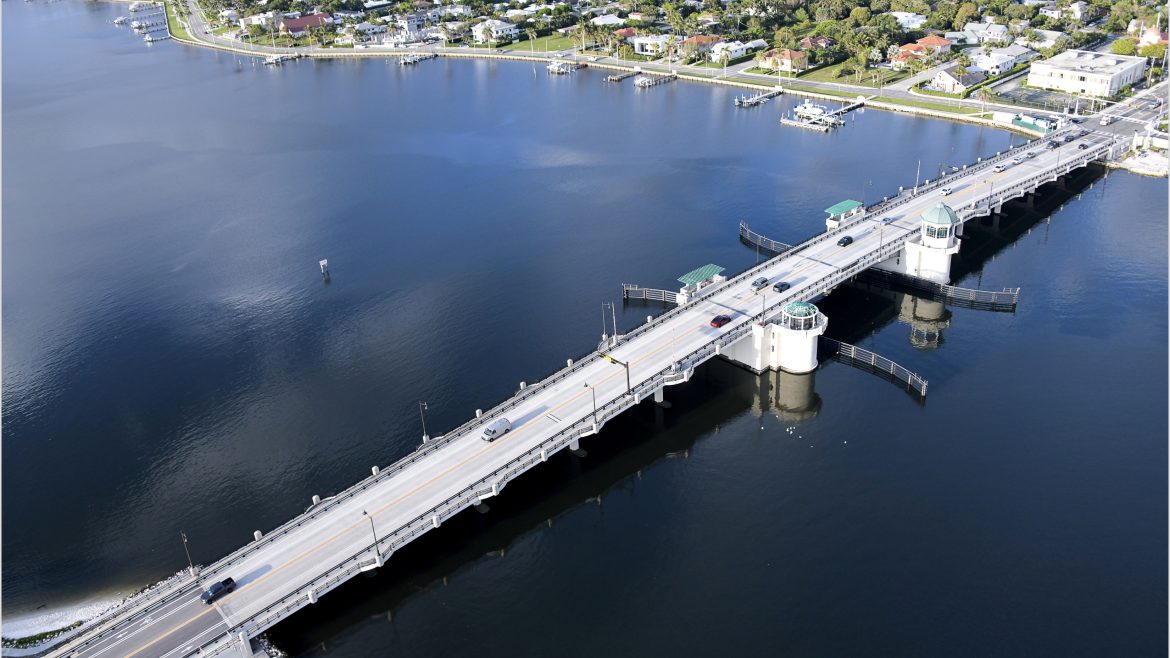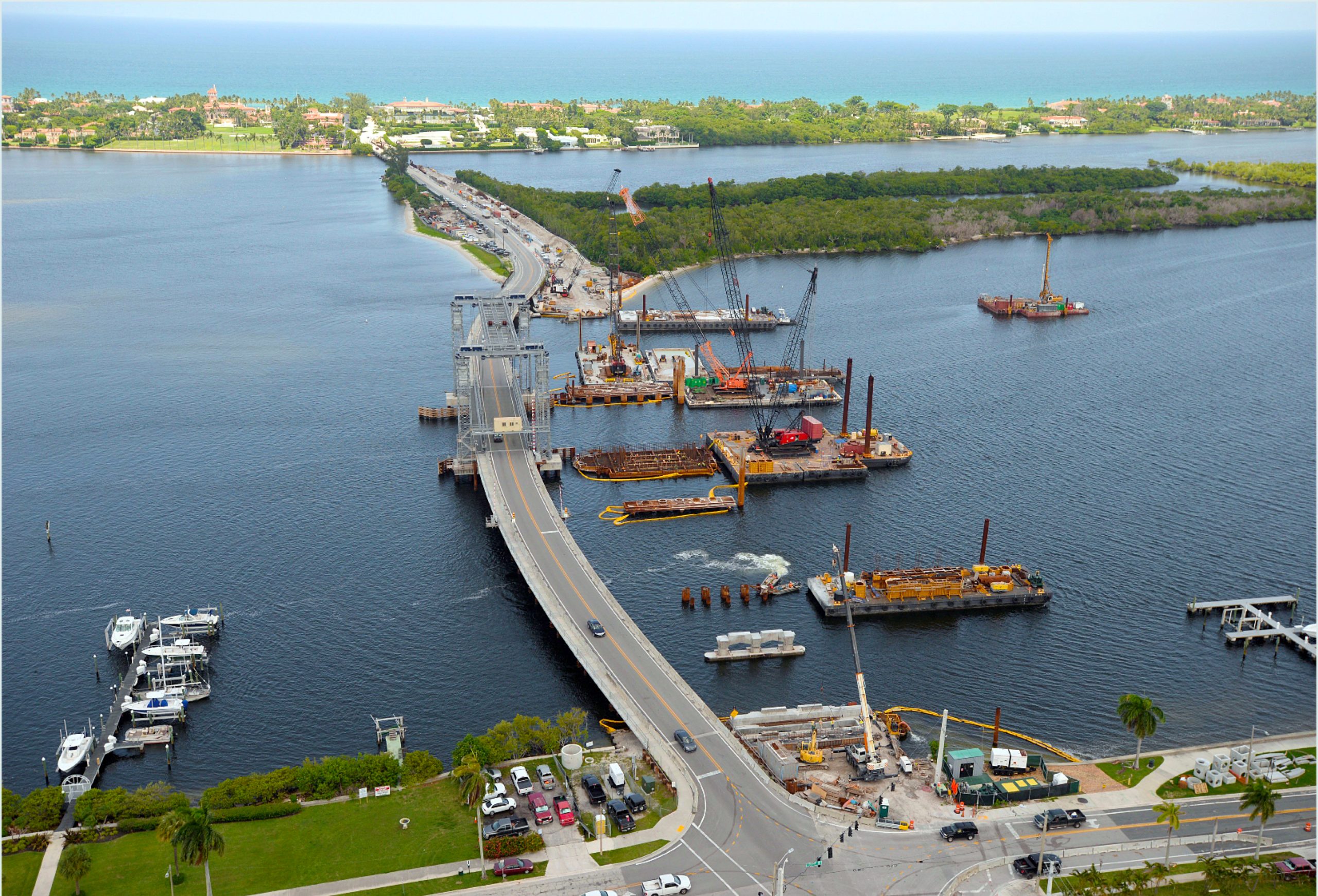Emergency Repairs on the Sunshine Skyway
Emergency Repairs on the Sunshine Skyway https://www.southlandholdings.com/wp-content/uploads/2024/05/SunshineSkywayBridge-4SC_6643-15.jpg 1000 690 Southland Holdings https://www.southlandholdings.com/wp-content/uploads/2024/05/SunshineSkywayBridge-4SC_6643-15.jpgThe Sunshine Skyway Bridge, an iconic structure spanning Tampa Bay, has a storied history. But one of its darkest chapters came on May 9, 1980, when the freighter MV Summit Venture collided with a support column of the original bridge, causing a catastrophic collapse. The disaster sent multiple vehicles and a Greyhound bus plunging into the bay, claiming 35 lives. In the wake of the tragedy, emergency repairs were critical to restoring a safe passage across Tampa Bay.
The Immediate Response
Following the collapse, the Florida Department of Transportation (FDOT) acted swiftly to reestablish connectivity between St. Petersburg and Bradenton. Engineers assessed the damage and determined that the southbound span, constructed in 1971 by American Bridge, remained intact. This span was quickly converted to handle two-way traffic while long-term reconstruction plans were developed.
Temporary reinforcements and safety measures were implemented to ensure the remaining structure could support increased traffic loads. FDOT also reinforced the pier protection system to prevent future maritime collisions. This interim solution allowed essential travel to continue while engineers prepared for the next phase: a complete bridge replacement.
American Bridge Company’s Role in Rebuilding
In a joint venture with Paschen Construction and Morrison Knudsen Co., American Bridge served as the general contractor for the construction of the new 8,858′ (2,700m) precast segmental bridge. This state-of-the-art structure consisted of three major parts:
- 4,859′ (1,481m) of twin, 43′ (13m) wide segmental roadways with typical 135′ (41m) spans, erected using the span-by-span method.
- 1,720′ (524m) of a single, 85′ (26m) wide high-level post-tensioned segmental roadway with typical 240′ (73m) spans, erected using the launching girder method.
- A 2,280′ (695m) by 85′ (26m) wide precast segmental cable-stayed main bridge with a 1,200′ (366m) main span, erected using the balanced cantilever method. American Bridge was responsible for fabricating, erecting, and tensioning the single-plane, steel tube-enclosed stays.
The Birth of a New Landmark
While emergency repairs kept traffic moving, a more permanent solution was needed. The tragedy underscored the vulnerability of the original twin-bridge design. In 1982, construction began on the new Sunshine Skyway Bridge, designed to be more resilient against ship collisions. Completed in 1987, this modern engineering marvel stands as a testament to innovation, safety, and expert craftsmanship.
Legacy of the Repairs
The emergency repairs of the 1980s were a crucial stopgap measure that allowed the region to maintain critical infrastructure while planning for a safer future. The tragic collapse led to industry-wide improvements in bridge design and maritime safety. Thanks to American Bridge and its partners, the Sunshine Skyway Bridge remains a symbol of resilience, a reminder of the past, and a commitment to engineering progress.



